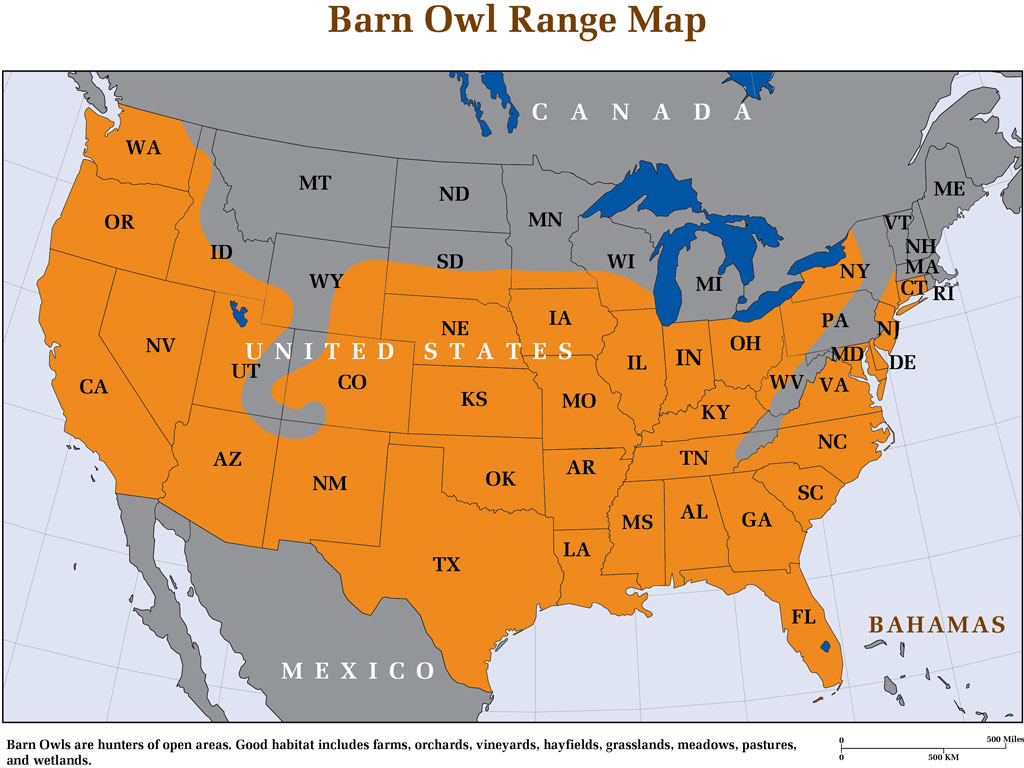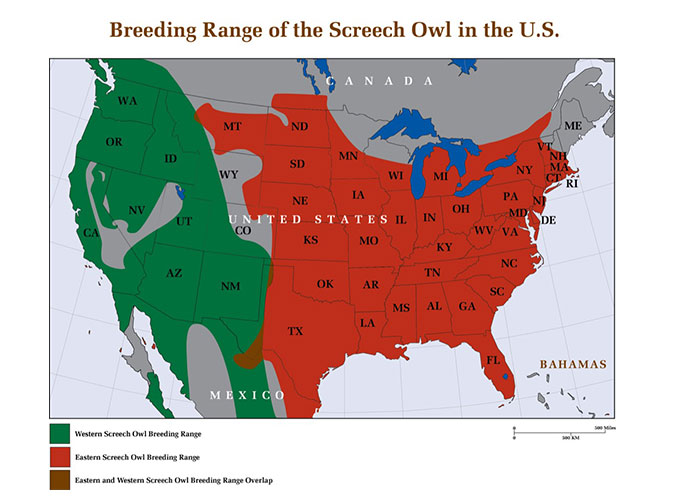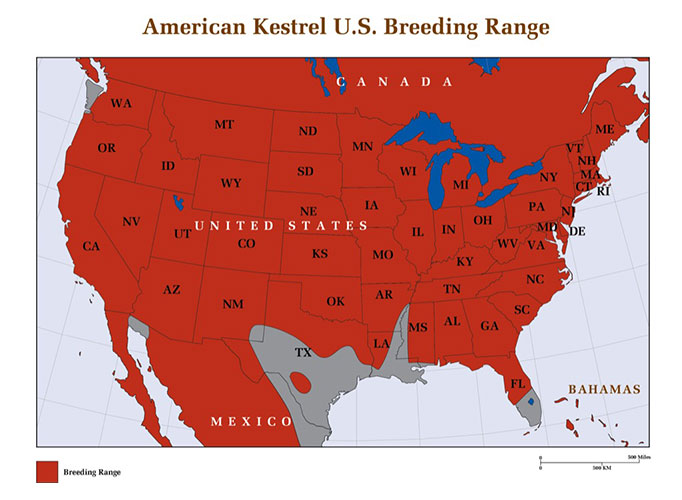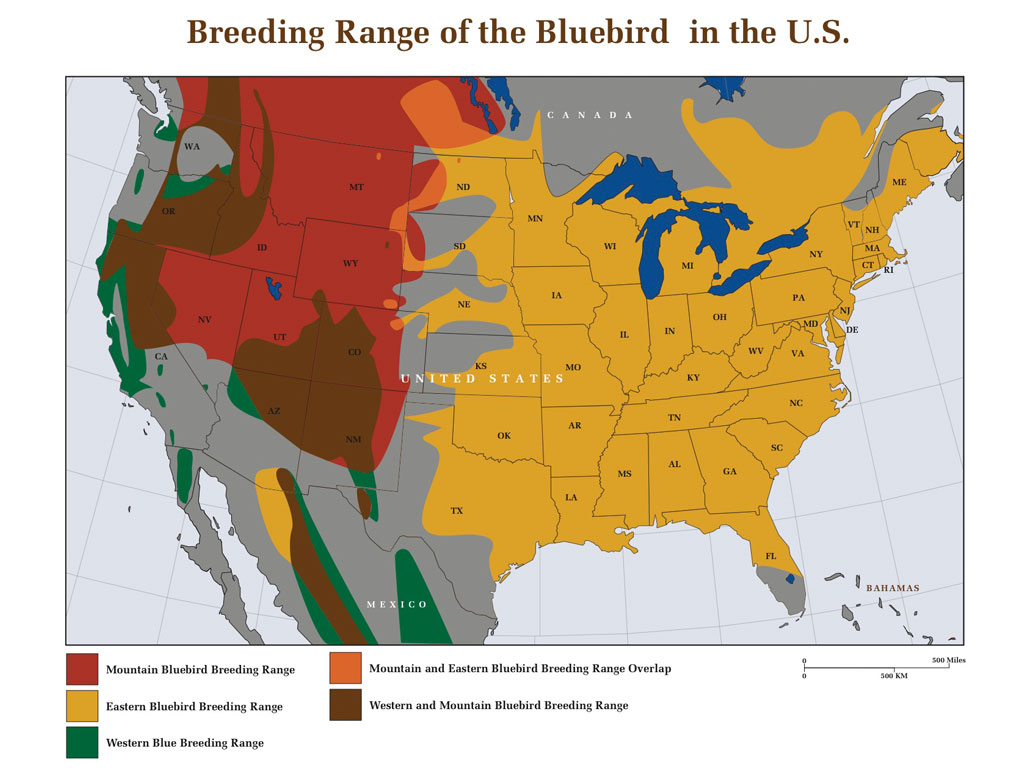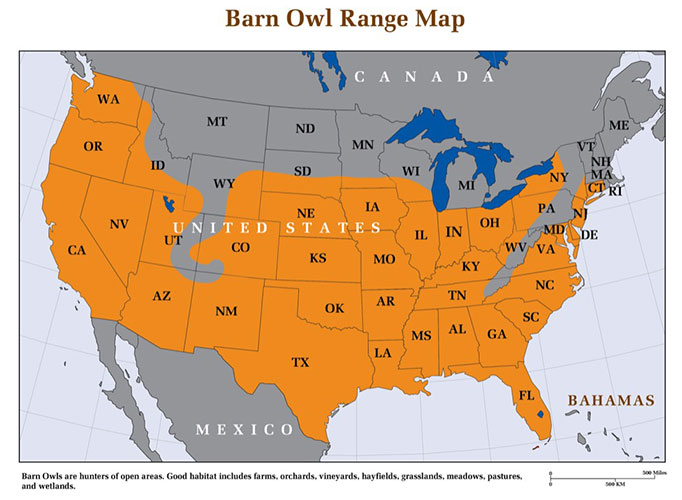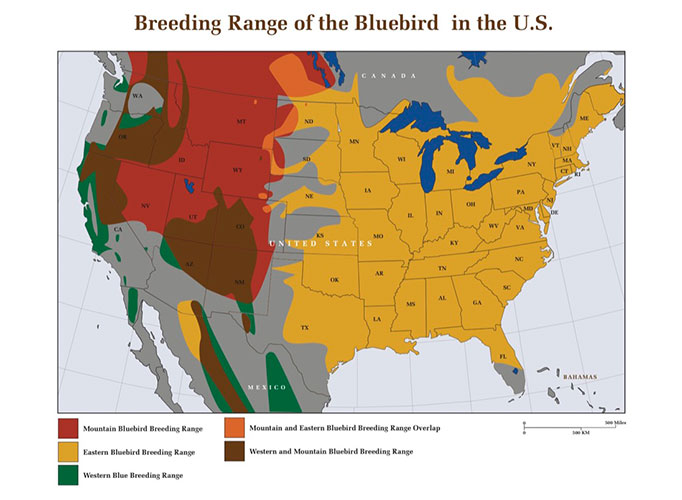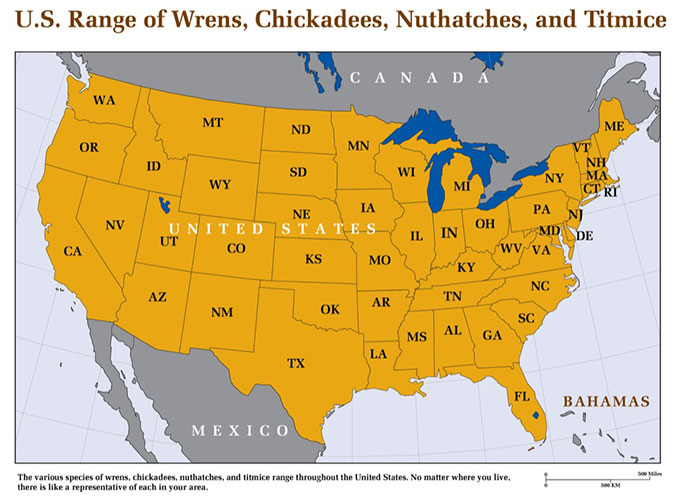Free Shipping to the Contiguous United States
Barn Owl Nest Box Christmas Season Discount
Christmas Sale on Barn Owl Nest Boxes Save $40 off of our regular price. No limits on purchases. Take advantage of our deep Xmas discounts for our premier product, the Barn Owl Nest Box Pole Model. This plastic molded…

